As our lives become increasingly driven by sustainability, we're reevaluating all our choices. This includes not only our food, transportation, and energy use, but also the plants we decide to keep in our homes. In the world of houseplants, succulents have become a favorite among many, thanks to their unique shapes, varied sizes, and bold colors. But it raises the question: How sustainable are succulents?
In this article, we will explore the sustainability of these beautiful plants and go over some best practices for home gardeners and succulent lovers.
The Sustainability of Succulents: Understanding the Basics
Succulents, a broad classification of plants known for their water-storing leaves or stems, are unique. They're resilient, battling dry conditions with an ease that other houseplants often lack. However, this robustness prompts an important question: Does this make succulents a sustainable choice?
Sustainability is all about maintaining a delicate balance, existing without depleting resources excessively or causing drastic ecological damage. Applying this to succulents, we need to take into account not just their water-saving abilities but also their cultivation methods, care requirements, lifespan, and their overall interaction with the environment.
On the face of it, succulents have a head start on many fronts of sustainability. Their natural resilience, less frequent watering needs, and long lives give them an edge over many traditional houseplants from an environmental perspective.
The Environmental Impact of Succulents
Succulents, by their nature, are champions of water efficiency. Originating from dry climates, they've evolved mechanisms to store water in their foliage, equipping them to thrive in environments where other plants might wither. This makes them a preferred choice for those looking to conserve water, or for those living in drought-stricken regions.
Their hardiness is another tick in the sustainability box. Succulents are adaptable and can tolerate various challenges, from sweltering heat to less-than-ideal soil conditions. This reduces the need for energy-draining greenhouse cultivation or the heavy application of pesticides, which can lead to harmful environmental contamination.
However, we need to address the shadow cast by the commercial popularity of these plants. As demand for these exotic plants has skyrocketed, the resultant trade hasn't always been ethically or sustainably managed.
The overexploitation of succulents in the wild to feed commercial demand has had a detrimental effect on some ecosystems. Taking these plants away from their natural environments not only threatens the survival of the species but also disrupts the natural equilibrium of these habitats. Often, succulents have a crucial role in preventing soil erosion; their removal can exacerbate land degradation and pose a threat to the habitats of many other species.
Sustainable Practices for Succulent Lovers
If you've fallen in love with the diverse beauty of succulents and want to incorporate them into your living space or garden, it's essential to consider how to do so sustainably. Here are two key practices that can help you enjoy the charm of these resilient plants while minimizing the long-term environmental impact:
1. Buy from Responsible Sources
First and foremost, when buying succulents, ensure you're sourcing them from nurseries or vendors that prioritize ethical, sustainable propagation. These sellers (such as Varnish and Vine) operate within strict ethical boundaries and ensure that their plants are raised in controlled settings instead of being harvested from their native habitats.
You shouldn’t buy succulents that have been collected in the wild, which is a practice that contributes to over-harvesting and subsequent habitat destruction. The spike in demand for succulents has sadly also driven unlawful poaching of these plants, particularly the rare varieties, from their natural ecosystems. This disrupts ecological harmony and poses a threat to the survival of these species.
So, when you're considering buying a new succulent, don't shy away from asking the seller about the plant's origins. You should also inquire about the supplier's farming practices - are they using minimal pesticides? Do they follow efficient water management? Responsible nurseries won't hesitate to share this information with their customers.
2. Choose Low-Impact Varieties
Keep in mind that not all succulents are created equally when it comes to their environmental impact. Some species are hardier and more drought-tolerant than others. These types of succulents can survive on minimal water, making them an excellent choice for eco-conscious individuals.
Be sure to research the needs of different succulent species before making a decision. If possible, opt for species that can thrive in your local climate conditions without requiring extra resources like heating or artificial light.
Also, consider the mature size of the succulent. Some types can grow quite large, requiring bigger pots and more soil – both of which involve additional resources and energy to produce. By choosing smaller varieties, or those that grow slower, you can minimize these impacts.
Conclusion: A Balanced Perspective on Succulents
Succulents, with their unique resilience and striking aesthetics, certainly offer a more sustainable alternative to many traditional houseplants. However, like all consumer goods, they come with their own set of environmental considerations.
As consumers, we must consider these factors and make our choices responsibly. By doing so, we can enjoy the beauty and diversity of succulents while minimizing our impact on the planet. After all, true sustainability is about balance – balancing our needs and desires with the health and well-being of our planet.
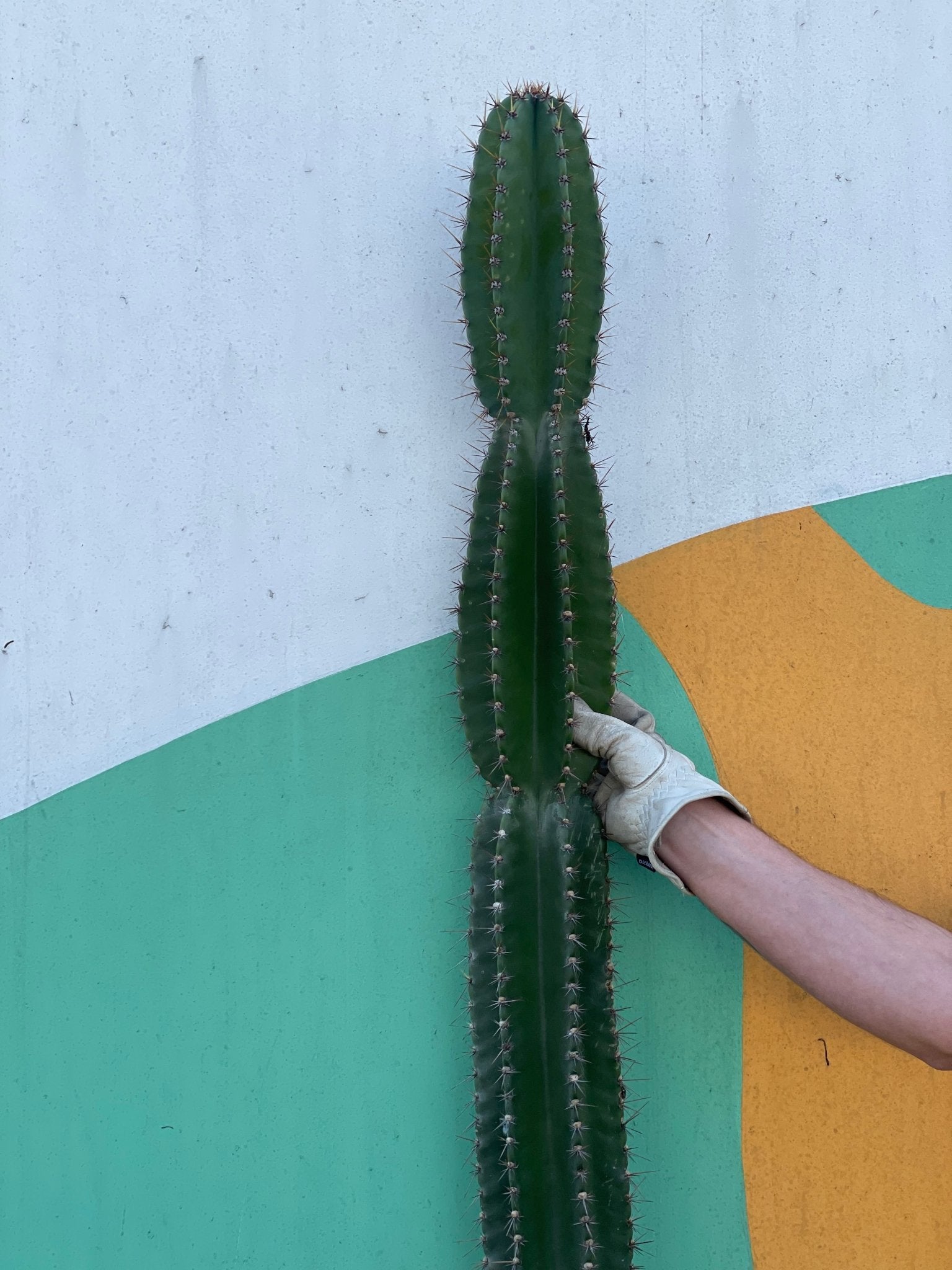
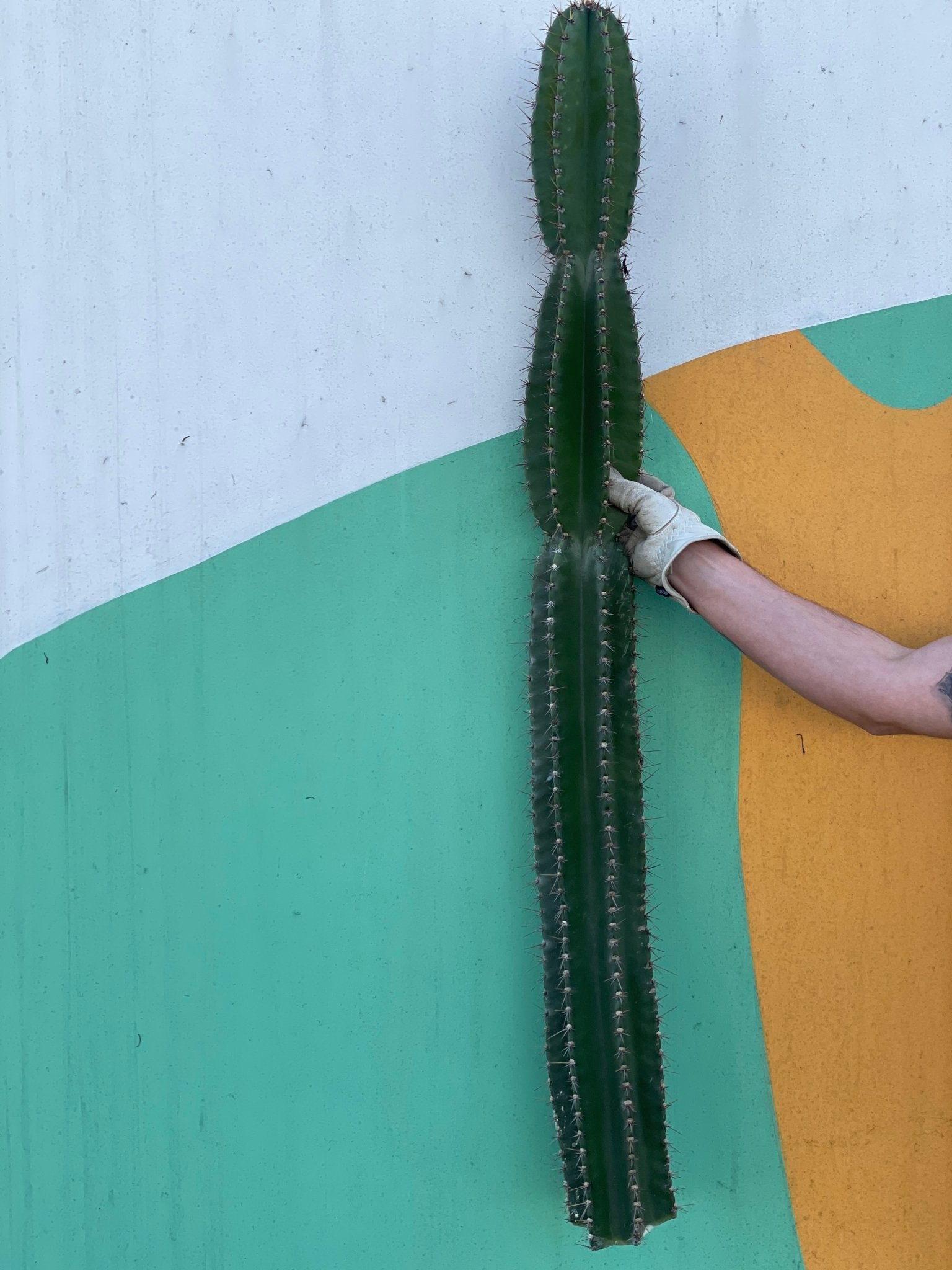
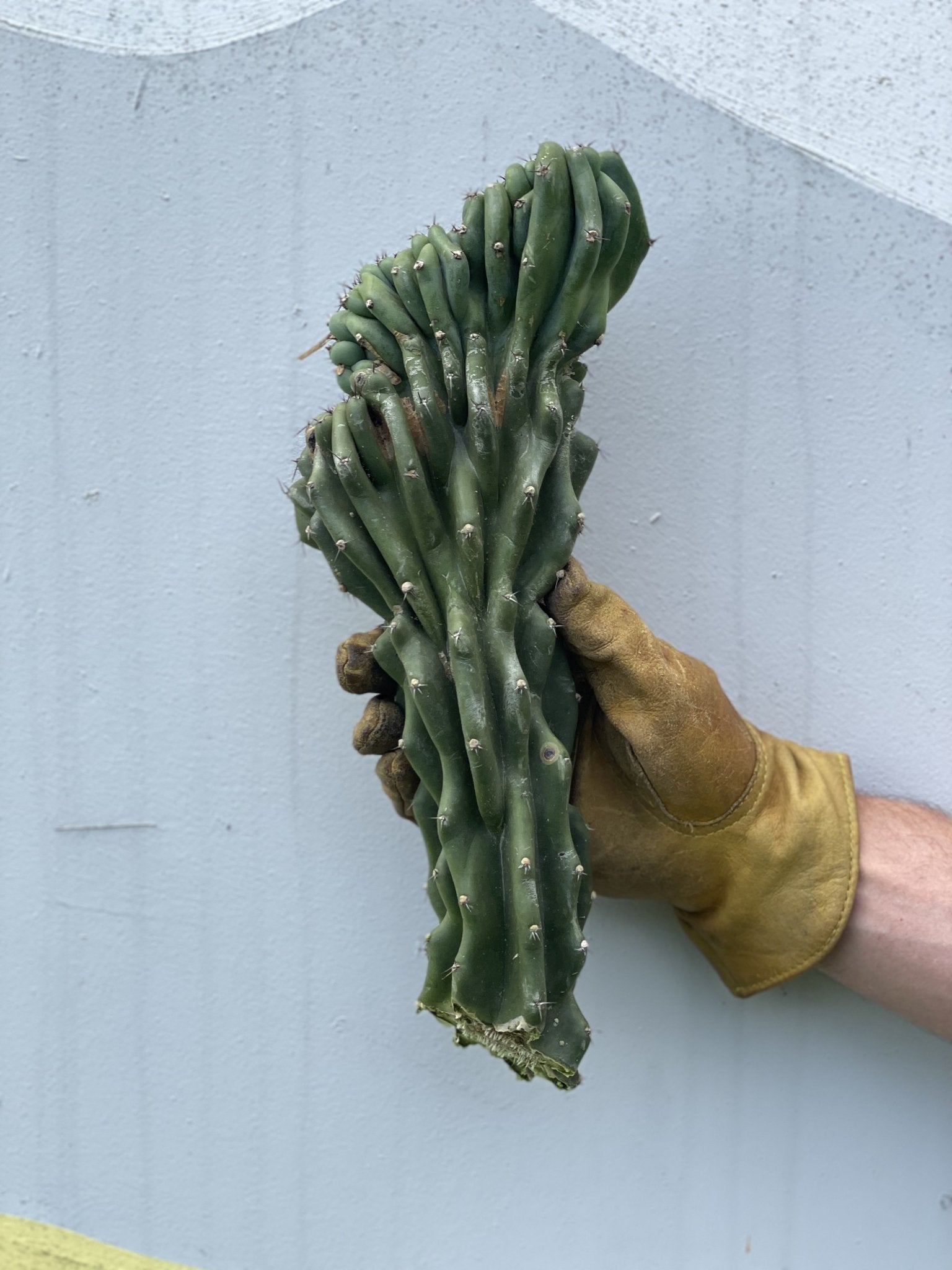
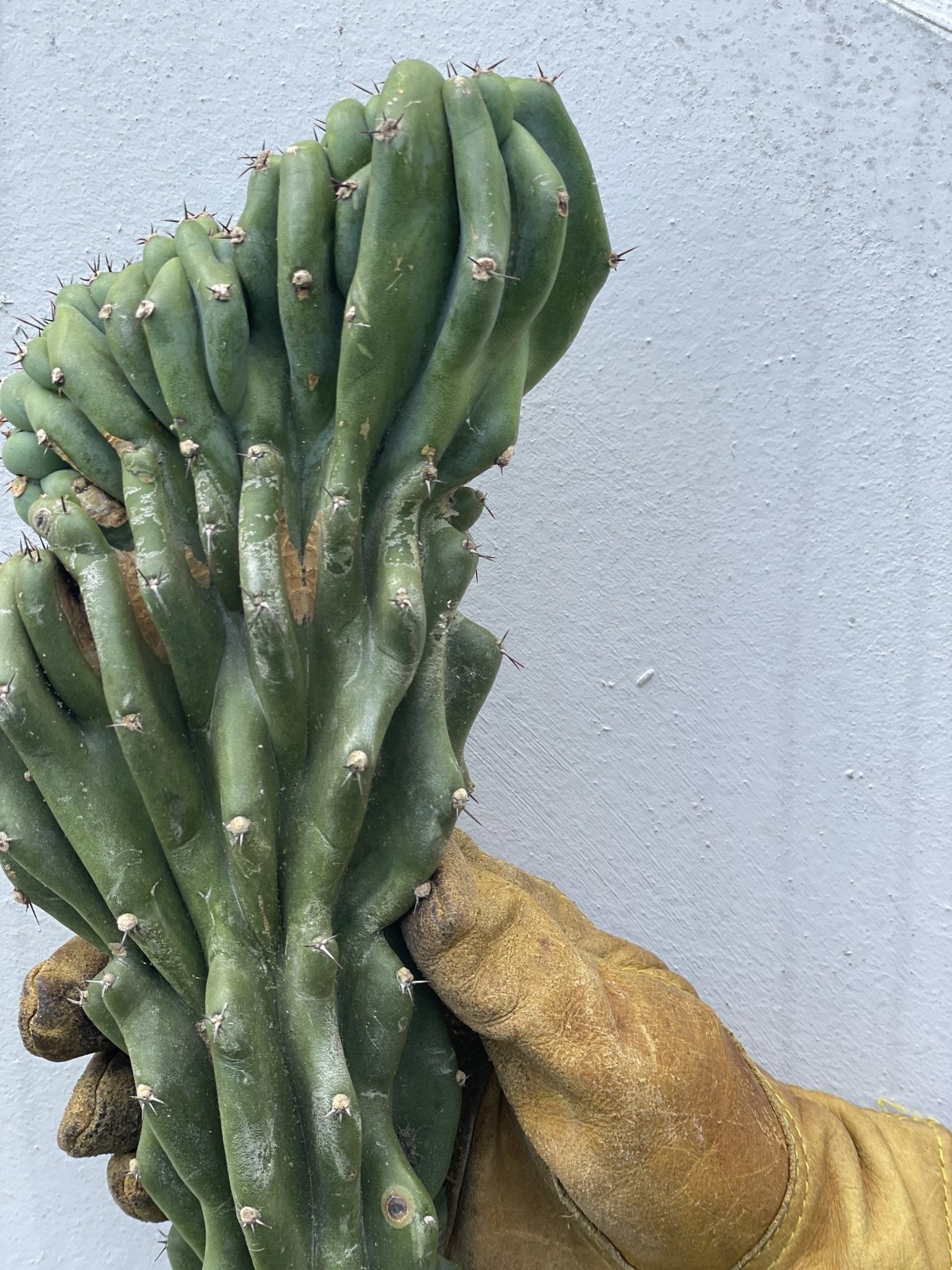


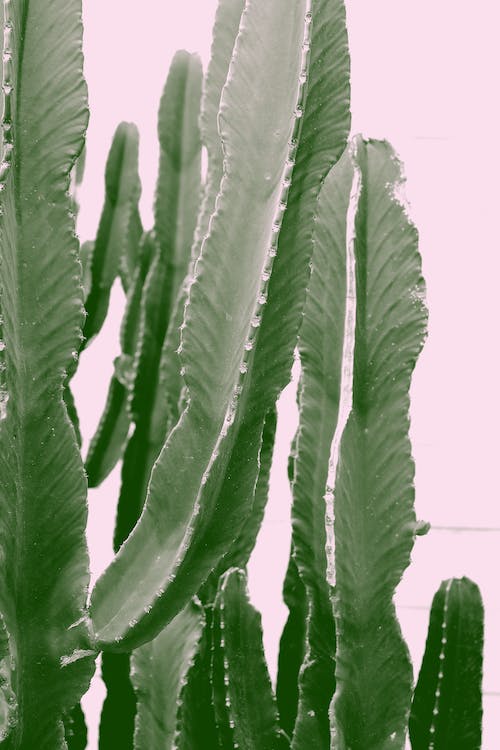
Leave a comment